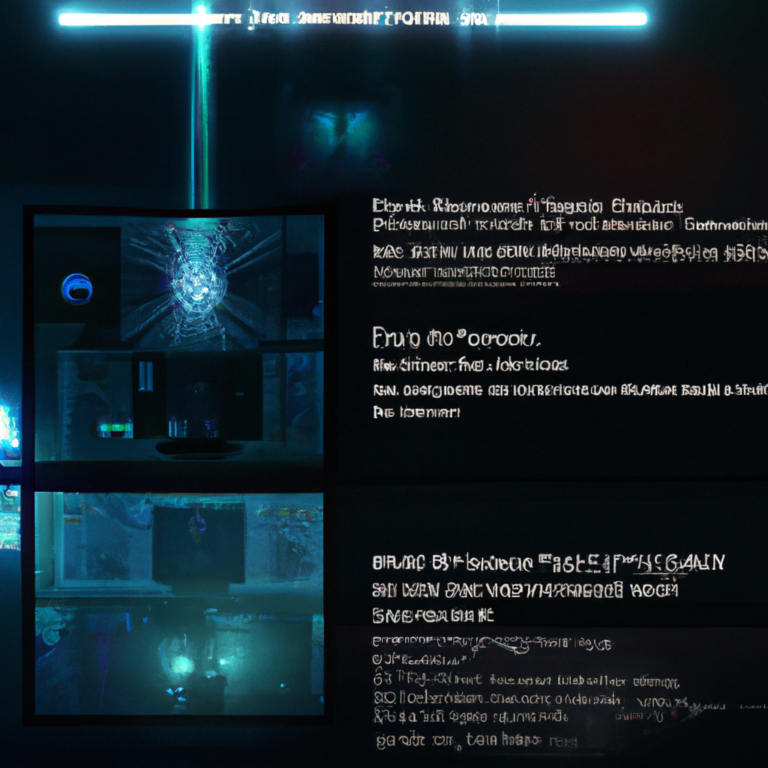“Mastering Multiplayer Game Creation with Unreal Engine: A Comprehensive Guide”
Creating multiplayer games is a thrilling endeavor that brings together various aspects of game development. Unreal Engine is one of the most popular game development engines used today, and it offers powerful features for creating multiplayer games. In this blog post, we will guide you through the steps needed to create multiplayer games with Unreal Engine.
Before we start, it’s important to note that creating a multiplayer game is more complex than a single-player game. It involves network programming, synchronization of game states, handling latency, and many other challenges. However, we’ll try to simplify the process as much as possible.
1. **Understanding the Basics**
Before you can start creating multiplayer games, you need to understand the basics of Unreal Engine. Unreal Engine uses a client-server model for multiplayer games. The server hosts the game and each player connects to the server as a client. The server has the authority to validate all game rules and update the game state.
2. **Setting Up Your Project**
The first step in creating a multiplayer game is to set up your project. Create a new project in Unreal Engine and enable the multiplayer option. Go to the Project Settings and under the Maps & Modes section, set the number of players to more than one.
3. **Replicating Game State**
The next step is to replicate your game state. Replication is the process of synchronizing game data between the server and the clients. Unreal Engine provides a system for this called “Replication”. You have to specify what properties and events you want to replicate in your game.
4. **Creating Player Characters**
In multiplayer games, each player needs a character to control. Unreal Engine allows you to create player characters using the Character class. You can customize your character with different abilities and attributes. Remember to set your character to replicate so the server and clients can stay synchronized on the character’s state.
5. **Spawning Players**
After creating player characters, you’ll need to spawn them in your game. You can do this by overriding the GameMode’s SpawnDefaultPawnFor function. This function is called when a player connects to the game. You can specify the spawning location for each player.
6. **Handling Player Inputs**
Player inputs need to be handled carefully in multiplayer games. Inputs should be captured on the client-side and sent to the server for validation. Unreal Engine uses the PlayerController class to handle inputs. You can override the SetupPlayerInputComponent function to map the player’s inputs to specific game actions.
7. **Testing Your Game**
Finally, after setting up everything, it’s time to test your game. Unreal Engine provides built-in tools for testing multiplayer games. You can simulate multiple players joining the game and test the synchronization of game data.
In conclusion, creating multiplayer games with Unreal Engine involves several steps and understanding of various concepts. However, with a bit of practice and patience, you can create exciting multiplayer games. Remember that creating multiplayer games is an iterative process, and you’ll need to debug and optimize your game along the way. Keep experimenting, keep learning, and soon you’ll be creating multiplayer games that players around the world can enjoy.






